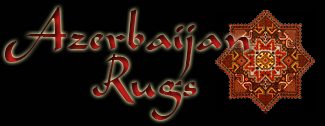
 |
NATURAL DYE SOURCES (168)
SHADES OF RED
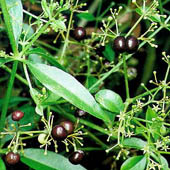 Madder / Rubia Tinctorum* - rose to brown-reds |
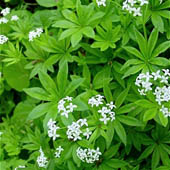 Dyer’s Woodruff (Galium (=Asperula) tinctorium) - produces red from the roots. |
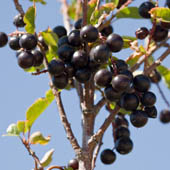 Chokecherries - bright red |
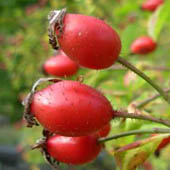 Rose Hips - red |
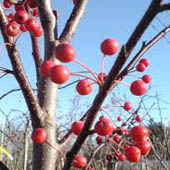 Crab Apple (bark) - red/yellow |
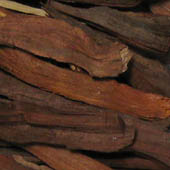 Brazilwood - Clear Christmas reds to garnet deep red with alum; pink with tin. |
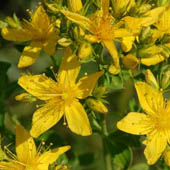 St. John's Wort - (whole plant) soaked in alcohol produces red |
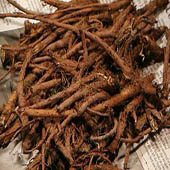 Dandellion root - It turns wool magenta when alum is used as the mordant. Using tin and vinegar mordant results in purple wool and yellow is the color when no mordant is added. The flowers also yield a yellow dye. |
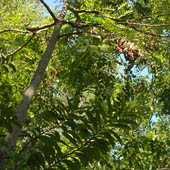 Red Sandalwood - brownish red |
Blackberry - cold red |
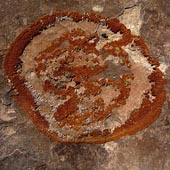 Cudbear (Roccela Tinctoria) / Lichen - brownish red |
Sumac (fruit) - yields light red |
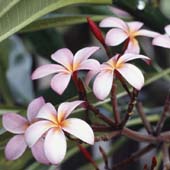 Hibiscus flowers - dark red |
 Beets - deep red |
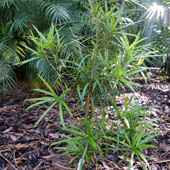 Japanese Yew - (heartwood) - brown dye |
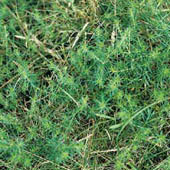 Lady's Bedstraw (Galium verum) The roots are finer than madder and produce paler colours due to the lower concentrations of dye. |
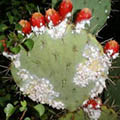 Cochineal / Dactylopius Coccus Costa carmine and scarlet red tones on an alum mordant and the addition of cream of tartar and zinc salts; shades of violet on silkusing an alum mordant and subsequent treatment with iron salts and wood ash |
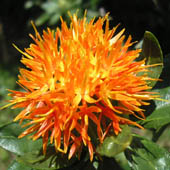 Safflower / Carthamus tinctorius (flowers) - soaked in alcohol - red ** |
SHADES OF
ORANGE
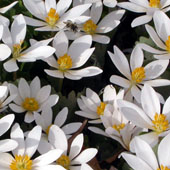 Bloodroot - orange to reddish orange color |
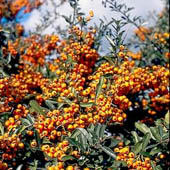 Barberry (mahonia sp.) yellow orange (with alum) very strong & permanent. Any part of the plant will work. |
 Sassafras (leaves) - lLight to orange. / (bark) Yellow or orange dye can also be made from the bark of the sassafras tree |
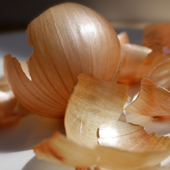 Onion Skin - Different shades of orange |
 Lichen - orange to gold |
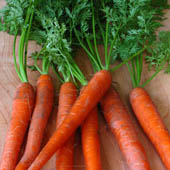 Carrot (roots) - orange |
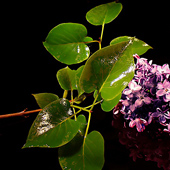 Lilac (twigs) - yellow/orange |
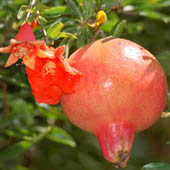 Pomagrante – with alum from orange to dark gold. |
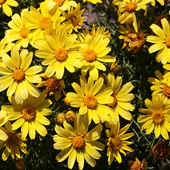 Giant Coreopsis (Coreopsis gigantea) Yields bright permanent orange with alum. |
 Turmeric - orange or red if it is dipped in lye. |
.jpg) Eucalyptus / Blue Gum (Eucalyptus spp) Several different species of eucalyptus can give wonderful orange colours. |
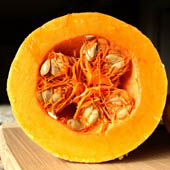 Butternut (seed husks) - orange |
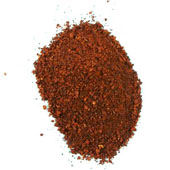 Achiote powder (annatto seed) - yellow to orange |
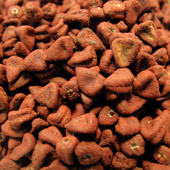 Annatto seeds - A.s. come from achiote trees from the Americas. The powdered seeds can achieve shades of spicy orange. |
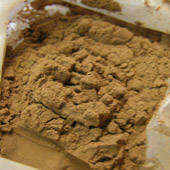 Mangrove tree bark - cutch powder which is derived from Mangrove tree bark and contains tannin colours fibres, yarns & fabrics to shades of orange - brown. |
SHADES OF PINK
/ SALMON / PEACH
 Strawberries - pink |
 Cherries - dark pink |
 Raspberries - pink |
Grand Fir (bark) - pink |
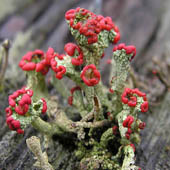 Lichens - A pink, brown, or wine colored dye can be produced from a lichen known as British soldiers. |
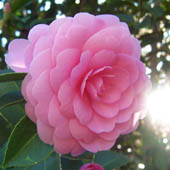 Camella -a nice pink magenta, with lemon and salt. |
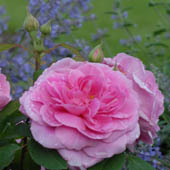 Roses and Lavender, with a little mint and some lemon juice to activate the alkaloids can make both a brilliant pink dye and a nice pink lemonade. |
Virginia Creeper (fruit) - pink (all parts) - peach |
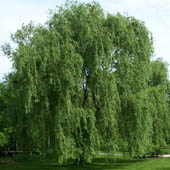 Weeping Willow - peachy brown (with tannin as a mordant) |
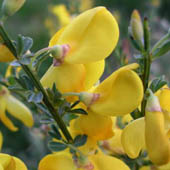 Broom Flower - light peach color |
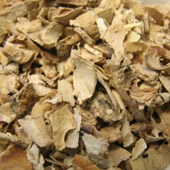 Birch Bark - this dyestuff is capable of dyeing fibres to various shades of pink |
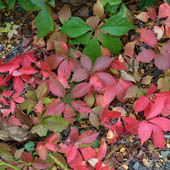 Virginia Creeper (all parts) - with alum mordant - peach color. |
SHADES OF
PURPLE
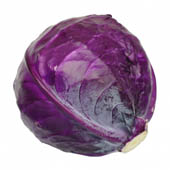 Red cabbage - purple |
 Grapes (purple) |
 Mulberries - royal purple |
Elderberries - lavender |
 Saffron (petals) - blue/green |
 Blueberries - nice purple |
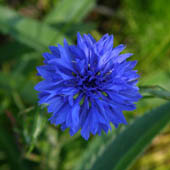 Cornflower (petals) - blue dye with alum |
Blackberry (fruit) - strong purple |
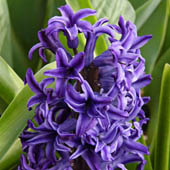 Hyacinth (flowers) - purplish blue |
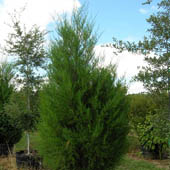 Red Cedar Root - purple |
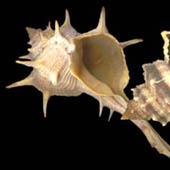 Murex trunculus - a marine snail, whose hypobranchial gland secretes a mucus that the ancient Canaanites/Phoenicians used as a distinctive purple-blue indigo dye. |
 Raspberry (fruit) - purple/blues |
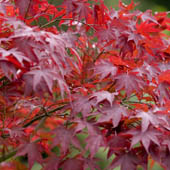 Red Maple Tree (inner bark) - purple |
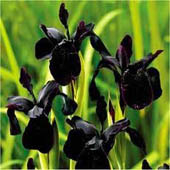 Black Iris - dark bluish purple, alum mordant |
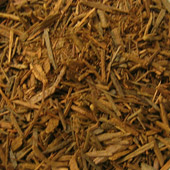 Logwood - yields a good purple but you have to watch it as it dyes quick when the pot is fresh. Also it exhausts fast. Use alum to mordant. Using iron can give you logwood gray. |
 Hibiscus (dark red or purple flowers) - a red-purple dye. |
Pokeweed (berries) - reddish purple |
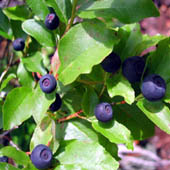 Huckleberry - a nice lavender color |
Daylilies (old blooms) - reddish purple |
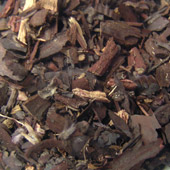 Alkanet - used as a natural dye, Alkanet root (also known as Alkanna tinctoria or Dyer's Bugloss) dyes fibres, yarns & fabrics to shades of grey - purple. |
GREY/BLACK
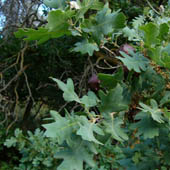 Quercus Infectoria Oliv. |
 Sumac (leaves) - Black |
Carob pod - (boiled) will give a gray to cotton. |
|
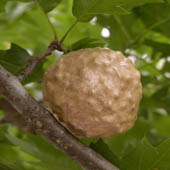 Oak galls - makes a good black dye. |
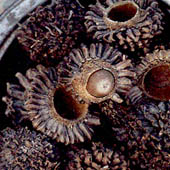 Vallonea Oak / Quercus Macrolepis Kotschy / Meşe Palamudu (the acorn cups of the Walloon oakand the gallnuts) - on a Iron II sulphate mordant, gray to black hues |
SHADES OF GREEN
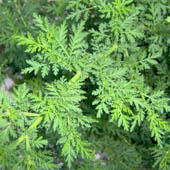 Artemisia - a range of greens from baby's breath to nettle green. |
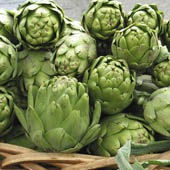 Artichokes - light green |
 Tea Tree (flowers) - green/black |
 Spinach (leaves) - light green |
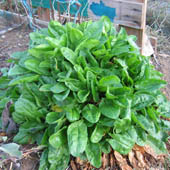 Sorrel (roots) - dark green |
 Foxglove (flowers) - apple green |
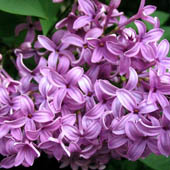 Lilac (flowers) - green |
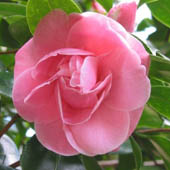 Camellia (pink, red petals) - green |
 Snapdragon (flowers) - green |
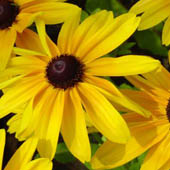 Black-Eyed Susans - avocado green color |
 Grass - yellow green |
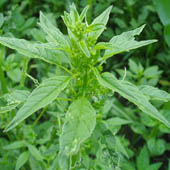 Pigsweed (entire plant) - yellow green |
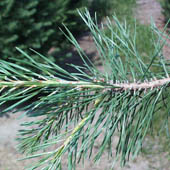 Red Pine (needles) - green |
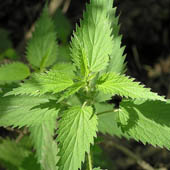 Nettle - light green |
 Broom (stem) - green |
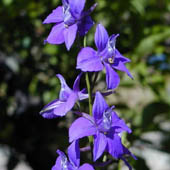 Larkspur - green with alum |
 White Ash (bark) - yellowish green |
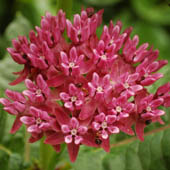 Purple Milkweed (flowers & leaves) - green |
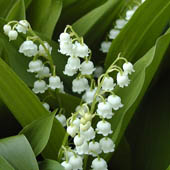 Lily of the valley - light green, the plant is toxic so try to avoid pouring it down the drain into the water supply. |
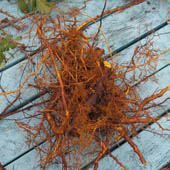 Barberry root - greenish bronze-gold |
.jpg) Red onion (skin) - a medium green, lighter than forest green |
 Yarrow (flowers) - yellow & green shades |
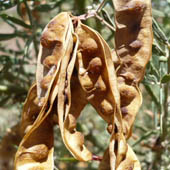 Mulga Acacia (seed pods) - green |
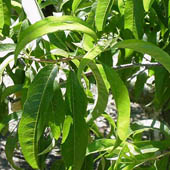 Peach (leaves) - yellow/green |
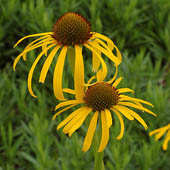 Coneflower (flowers) - green |
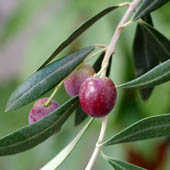 Olive Tree Leaves - yellowish green |
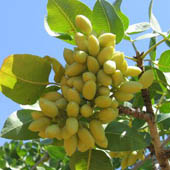 Pistachio tree leaves - produce a light green |
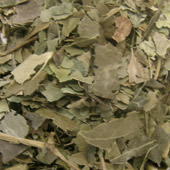 Ivy Leaves - These dried ivy leaves will dyes fibres, yarns & fabrics to shades of green when used as a natural dye |
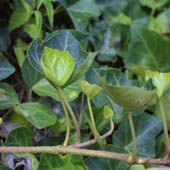 Ivy (twigs) - yellow/brown |
|
|
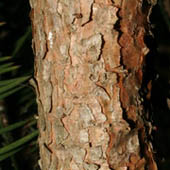 Colorado Fir (bark) - tan shade |
 Broom (bark) - yellow/brown |
 Walnut (leaves and husks) - different shades of deep and pale brown. |
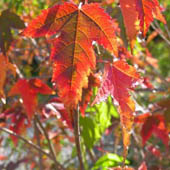 Amur Maple / Acer Ginnala (dried leaves) - black, blue, brown |
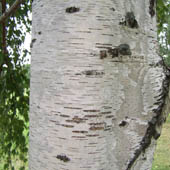 White Birch (inner bark) - brown |
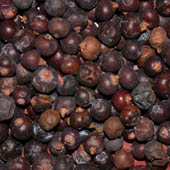 Juniper Berries - brown |
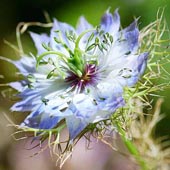 Fennel (flowers, leaves) - yellow/brown |
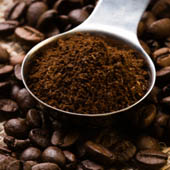 Coffee Grinds - brown |
 Acorns (boiled) - brown |
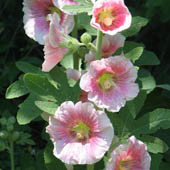 Hollyhock (petals) - light brown |
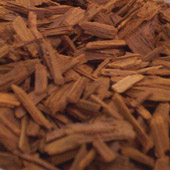 Sanderswood - The red wood chips from the Sanderswood tree produce shades of brown when used to dye textiles. |
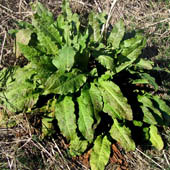 Yellow dock - produces shades of brown on wool |
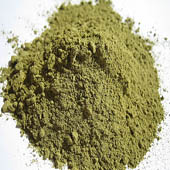 Henna powder is useful as a natural dye for colouring textiles to shades of brown. |
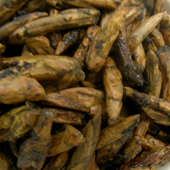 Poplar Buds - these buds from the Poplar tree dye fibres, yarns & fabrics shades of yellow - brown |
|
SHADES OF BLUE
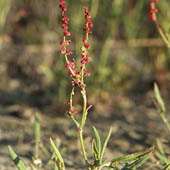 Rumex acetosella / Kuzukulağı (Turk.) - blue, pinkish blue |
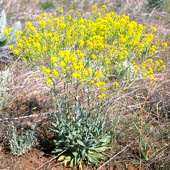 Dyer's Woad / Isadis Tinctoria (first year leaves) - a pale to mid blue colour depending on the type of fabric and the amount of woad used. |
Japanese indigo / Persicaria tinctorium- green to deep blue, also dark green |
 Dogwood (fruit) - greenish-blue |
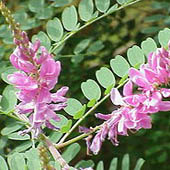 Indigo Shrub / Indigofera Tinctoria L. - many tones of blue *** |
SHADES OF YELLOW
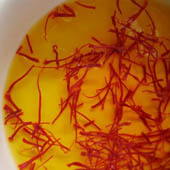 Saffron / Crocus sativus (stigmas) - yellow to orange |
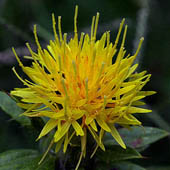 Safflower (flowers, soaked in water) - yellow |
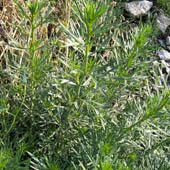 Syrian Rue - yellow |
 Willow (leaves) - light yellow |
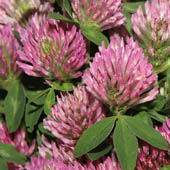 Red Clover (whole blossom, leaves and stem) - with alum mordant; Gold. |
 Yellow cone flower (whole flower head) - with chrome mordant brass to greeney-brass. |
 Alfalfa (seeds) - yellow |
Marigold (flower heads) - yellow, pale yellow-green |
 Celery (leaves) - light yellow |
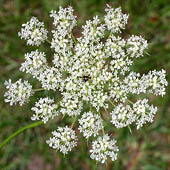 Queen Anne's Lace - yellow |
 Heather (plant) - yellow |
 St. John's Wort (flowers & leaves) - yellow, gold yellow, through to brown |
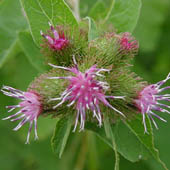 Burdock - yellow |
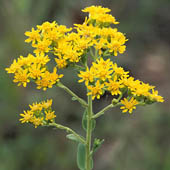 Golden Rod (flowers) - yellow |
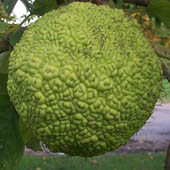 Osage Orange also known as Bois d'arc or hedgeapple (heartwood, inner bark, wood, shavings or sawdust) - pale yellow |
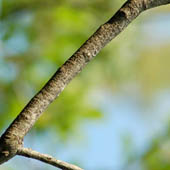 Sumac (bark) - The inner pith of Sumac branches can produce a super bright yellow color. |
 Sunflowers (flowers) - yellow |
 Weld / Reseda Luteola, Isparak or Dyer's Weed (all, including roots) - brilliant yellows on an alum mordant that are very fast. |
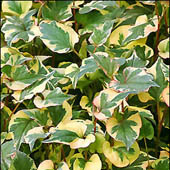 Cameleon plant - golden yellow |
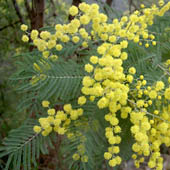 Mimosa (flowers) - yellow |
 Daffodil flower heads (dry) - yellow with alum mordant |
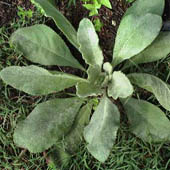 Mullen (leaf and root) - pale yellow. |
Hickory leaves - yellow if plenty of leaves are boiled and salt added. |
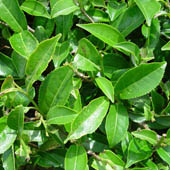 Tea leaves - ecru color |
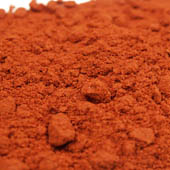 Paprika - shade of pale yellow to light orange |
 Mulga Acacia (flowers) - yellow |
 Turmeric (spice) - bright yellow |
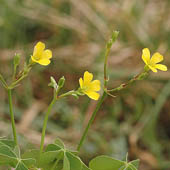 Oxallis (yellow flowers) - use the flower heads, some stem ok. It is nearly fluorescent yellow, and quite colorfast on alum mordanted wool. |
 Dahlia Flowers (Red, yellow, orange flowers) - make a lovely yellow to orange dye for wool. |
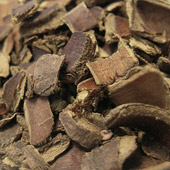 The Alderbuckthorn is a small tree or bush native to Britain. Shades of yellow to brown can be achieved from the bark. |
|
|
Daphne gnidium L. - An ancient plant dye, different shades of yellow |
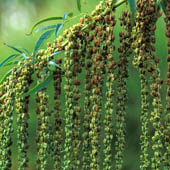 Bastard Hemp / Datisca cannabina (all) - brilliant yellow |
|
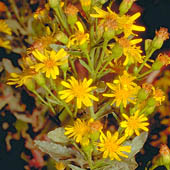 Inula Viscosa L. / Andizotu /Sticky Fleabane (whole plant) - quercetin
gives gold yellow color with alum mordant |
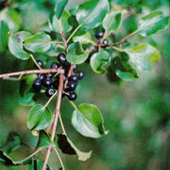 Buckthorn / Rhamnus Petiolaris L. / Cehri (crude, green fruits) - intensive yellow color |
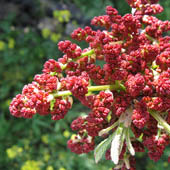 Turpentinetree / Pistacia Palaestina L. / Sakis (leaves and young shoots) - quercetin, tannin content yields light yellow with alum mordant |
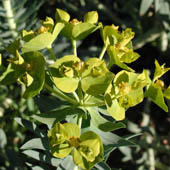 Spurge / Euphorbia Biglandulosa L. or Euphorbia Juss (whole plant) - Quercetin, Kämpferol yields pale yellows. There is caustic effects of the the sap of the plant. |
|
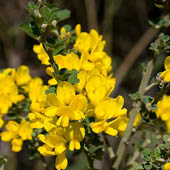 Dyer's Greenwood / Dyers’ Broom or Woadwaxen/ Genista Tinctoria L. / Katır Tırnağı (flowers, leaves and thin stem during flowering) - yellow tones
|
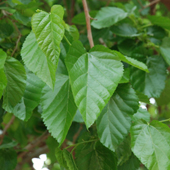 Mulberry Leaves - light yellow |
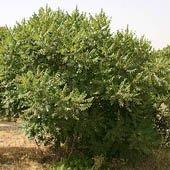 Tanner’s Sumach / Rhus coriaria (leaves) - yellow, brown, black |
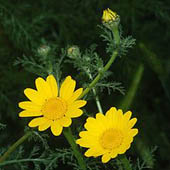 Dyer’s Chamomile / Anthemis tinctoria (flowers) - yellow |
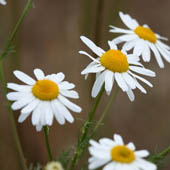 Wild chamomile / Anthemis chia (flowers) - Yellow |
 Goldenrod (Solidago spp) - yellow |
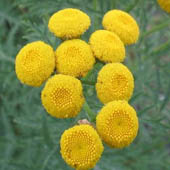 Tansy (flowers) - pale golden yellow to light green |
.jpg) Saw Wort / Serratula tinctoria (flowers) - lemon-yellow colour. |
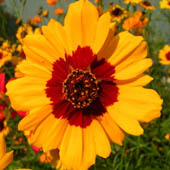 Dyers Coreopsis / Plains Coreopsis or Calliopsis / Coreopsis tinctoria - The flowers yield yellows, oranges and browns and several species of coreopsis can be used for dyeing. |
.jpg) Rhubarb / Rheum spp (roots) - yellow |

Old Fustic / Maclura
tinctoria (wood) - |
 Dandelion (flowers) - yellow |
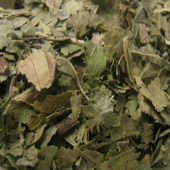 Walnut Leaves - These dried leaves will colour fibres, yarns & fabrics to shades of yellow - brown when used as a natural dye |
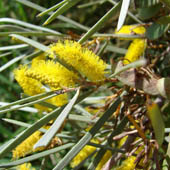 Mulga Acacia (flowers) - yellow |
NOTES:
1) Madder - at
least two years old roots, dried. contains: 23 different anthraquinones and 6
glycosides; the most important dystuffs: alizarin, purpurin, pseudopurpurin,
rubiadin, munjistin. Colors dyed with madder: rose to brown-reds on an alum
mordant, depending on the temperature of the dye bath and the hardness of the
water; shades of violet on a mordant of iron salts in a cold dying process and
subsequent treatment in a suspension of wood ash
2) Saffflower - Safflower was used to dye the red cotton tapes of legal
documents and it is the source of the expression “Red Tape” (see Liles).
Safflower is one of man’s oldest crops and its flower petals were used as a dye
in India, the Far East and Egypt. Indeed the name Carthamus comes from the
Arabic, and means “dye”. It produces both red and yellow dyes that can be
extracted from the flower petals, although the reds are more important.
Dyeing: You will need equal weights of dried petals and fibre. Safflower petals
produce two low quality yellow dyes and a good, although not very lightfast, red
dye which ranges through pinks, rose and crimson. The first yellow dye should be
washed away in cold water. Only then can the reds be extracted first in an
alkaline and then in an acidic solution.
The reds are suitable for silk and cotton and do not require the use of a
mordant. Silk takes up both the red and the second yellow dye, turning orange,
whilst cotton takes up only the red. Liles and Dean describe a lengthy process
for extracting and using this dye.
3) Indigofera tinctoria- Grows in tropical Africa, India, China, cultivated in
Brazil and El Salvador.
Material used for dying: leaves (0.5% indicant) and stems (0.2% indican) of the
indigo bush. From these, through fermentation indican transforms to the blue
dyestuff indigo.
Content: indigo, indirubin
Method of dying and colors: Natural indigo must first be transformed to a
water-soluble, yellow leuco base, a reduction process, previously done using a
urine vat, now using ammonium/sodium-dithionite. This is a considerable hazard
to the health of the dyer and a seriously contaminates the environment. A method
developed by Michael Bischof using dyer's woad allows a significant reduction of
the concentration of the sodium-dithionite solution. With the method described,
vat dying with synthetic indigo can also be done. This contains 98% indigo and
is - superficial - can hardly be distinguished from natural indigo. With natural
and synthetic indigo, the broadest ränge of blue tones can be achieved. In
combination with madder red, one can produce attractive black hues.
4) Weld / Dyer's Weed / Reseda Luteola - Grows in Central and Southern Europe,
originally only around the Mediterranean and Western Asia (Tokat, Corum and
Sivas).
Contains: luteolin, abigenin, isorhamnetin, kampferol
Colors dyed: brilliant yellows on an alum mordant that are very fast.
Dyer's weed is one of the most important sources for yellow dyes on Anatolian,
Persian and Caucasian rugs, carpets and flatweaves (including our rugs)
5) Smokebush, Dyer's Sumac / Cotinus Coggygria Scop. / Boyaci Sumagi (leaves) -
Material used for dying: leaves
Contains: Fisetin, Fustin, Sulfuretin
6) Buckthorn /
Rhamnus Petiolaris L. / Cehri (crude, green fruits)
Contains:
Rhamnetin, Emodin, Quercetin, Rhamnacin, Kaempferol
used abundantly in Kayseri Region of Turkey, especially in
Yahyali rug
7) Dyer's Greenwood / Genista Tinctoria L. / Katır
Tırnağı (flowers,
leaves and thin stem during flowering)
-
In 1983, large areas of wild Genista could still
be found along the Aras River.
Contains: luteolin,
genistein, genistin
Biology: This deciduous perennial
shrub is a member of the legume family and grows to slightly over 1.5 metres
tall. The shrub is similar to the ornamental broom grown in gardens, with thin
leaflets about 2.5 cm long. The attractive yellow flowers appear from June to
September and the plant is self-fertile. The seed pods are black and they mature
around October and November.
History: Remains of this plant have been found in Viking archeological sites.
Cultivation: Very few seeds are produced in a cold year. Dry the seed pods in a
tall container, as you will find that the pods split open as they dry and they
often jump quite a distance. Soak the seeds overnight in warm water and sow one
seed per pot. Germination is erratic with the first seedlings appearing in two
to three weeks, and the last one up to four months later.
Let the plant grow to 30 cm high before carefully planting it into its final
position. Think carefully before planting this bush, as it does not transplant
at all well. Greenweed prefers a sheltered position but does not like shade. I
have not found this an easy plant to grow; it is susceptible to wind damage and
needs to be very well staked and tied up.
It takes nearly two years for the young plants to reach full size. Dyers'
greenweed can also be reproduced from cuttings, but the success rate is not high
and the plants do not grow very fast.
Harvest: Harvest the plant by cutting branches about two weeks after it has
started to flower. This pruning helps to reduce wind damage later on in the
year. If you are not using the leaves straight away, dry and store the cuttings
out of sunlight.
Dyeing: Dyers’ Greenweed contains luteolin, the same water-fast pigment as weld.
You can follow the instructions for dyeing with weld to obtain clear yellows.
8) Dyer’s Chamomile / Anthemis tinctoria (flowers)
Dyers' chamomile has dark green serrated foliage and it produces masses of
long-lasting, yellow daisy flowers in the summer. It grows up to 60 cm and looks
good as a bedding plant.
Biology: Dyers' Chamomile has dark green serrated leaves with a pleasant smell.
In the summer, this bushy plant produces masses of long-lasting, yellow
daisy-like flowers each with a dome-shaped centre. It grows 45 to 60 cm tall and
looks good as a bedding plant. Although classed as a perennial, Dyers’ Chamomile
tends to go leggy and die after two years of growth.
Cultivation: Dyers Chamomile grows very quickly from seed and it can also be
grown as an annual. Sow in March indoors and, when large enough, transplant
outside to a sunny position spacing about 30 cm apart. Alternatively, sow in May
to July, plant out during September and October and they will flower in the next
summer. Keep the plants well watered as they are prone to wilting. Prune to 20
cm when they have finished flowering to remove leggy branches.
Harvest: It is a good idea to harvest the flower heads when they are starting to
wilt as this will promote further flowering. You can use the flowers fresh or
you can dry them to be used later. The flowers are quite bulky, and you will
need about one and a half litres of dry flowers to make 100 grams.
If you want to collect your own seeds, pick the flower heads when they have
wilted and let them dry thoroughly, which can take 2 to 3 weeks. It is easier to
pluck the small seeds from the centre of the flowers when the flower heads are
very dry.
Dyeing: The warm yellows produced by Dyers’ Chamomile are a useful complement to
the lemon yellows obtained from weld. Although not as light fast as weld this
warmer yellow is an asset for over-dyeing, yielding different shades of green
and orange. The compounds that give the yellow colour are flavonoids and they
work better on wool or silk rather than on cotton.
Adding half a teaspoon of chalk to the dye bath makes stronger yellows and I
have found that the colours become darker and brighter after the dyed wool is
washed using washing up liquid.
Use 200 to 400 grams of dry flower heads for 100 grams of wool (and use a bit
more if you are weighing fresh flowers). 200 grams of flowers will just about
fill a 3 litres container (about half an average shoe box), so it is quite a lot
of flowers. Simmer the flowers for one hour, strain them, add mordanted fibre to
the yellow liquid and simmer for another hour.
9) Goldenrod (Solidago spp)
Goldenrod is a hardy perennial and a bushy plant, native to North America but
well established in Europe. It grows to 1.5m and produces golden inflorescences
with hundreds of tiny clustered flowers from September to October. The flowers
produce heavy and sticky pollen that is sometimes unfairly blamed for causing
hay fever but which is mainly carried by insects rather than spread by the wind.
Cultivation: Goldenrod needs little attention and it is easy to propagate from
existing plants. Carefully choose the place where you want it to grow, as an
established clump can be very hard to dig up and move.
Harvest: Collect the young flowers when they are about to open, for clear bright
yellows, as older flowers do not have much dye.
Dyeing: Goldenrod produces quite light-fast primrose yellows on wool. Use the
flowers soon after picking them, as dried flowers do not produce a good colour.
If your flowers are ready and you do not have any mordanted fibres, you could
freeze the dye liquor in a well-marked container. Use 50 to 100g of fresh
flowers per 100g of mordanted wool. Dean recommends keeping the water just below
simmer for an hour for bright yellows. You can sometimes achieve a more intense
colour by adding a small amount of soda ash (and therefore increasing the pH) at
the end of the dyeing period.
10) Tansy is a perennial plant up to 1.5 metres in height, with finely divided
leaves and is somewhat fern-like .
The flowers are yellow and button like and appear in clusters. The flowers have
an unusual scent, similar to that of camphor, with hints of rosemary.
In the dye pot, the flowers give a pale golden yellow.
It is said that the flowers can be used to keep ants at bay and that fishermen
sometimes put sprigs of tansy in their hats to keep mosquitoes away.
11) Dyers Coreopsis, Plains Coreopsis or Calliopsis (Coreopsis tinctoria)
Dyeing
The flowers yield yellows, oranges and browns and several species of coreopsis
can be used for dyeing. Liles suggests using about 800ml of fresh flowers or
400ml dried flowers for 100g of fibre; you could also try using the same weight
of wool and flowers. Coreopsis produces better colours on wool or silk, and it
is not recommended for dyeing cotton and other vegetable fibres.
If you have time, soak the flowers overnight, and then simmer them the next day.
Dean says that a coreopsis dye bath is sensitive to ph; a small amount of acid
lemon juice will change the colour towards yellow and a pinch of soda ash will
bring out the reds
12) Rhubarb (Rheum spp)
Rhubarb is a member of the family Polygonaceae, as are Japanese Indigo and Dock,
and is indigenous to Asia.
Rhubarb is a perennial plant, with large triangular leaves on a long, thick
petiole and small greenish white flowers, which grows from underground rhizomes.
The roots of the common edible rhubarb as well as those of ornamental varieties
produce lightfast shades of yellow and orange and the roots are an important
source of dye in Nepal and Tibet. The leaves of rhubarb can also be used as a
mordant.
Cultivation: Rhubarb is very hardy, being resistant to frost and surviving
neglect. In temperate climates, the parts above ground die down after the first
frosts and then begin to grow back again from the root during the spring. You
can grow rhubarb from a crown or from seeds. Remove any flower stalks that
appear promptly; otherwise the plant is likely to die.
Harvest: Collect the roots when dividing the plants, saving some of the roots
for dyes and planting the rest. Wash the harvested roots well and make sure you
chop them in small pieces soon after digging them up as dry roots are very hard
and almost impossible to chop. The chopped roots can be used in dyeing either
fresh or dried.
Dyeing: Simmer the chopped roots for half an hour. Strain the liquor and add
mordanted fibre to the pot. Leave overnight.
13) Old Fustic (Maclura tinctoria)
Fustic can refer to either of two trees that produce yellow from the wood. To
distinguish between them, one is called old fustic and the other young fustic.
Biology of fustic: Old Fustic, or Dyer’s Mulberry, is made from heartwood of
Maclura tinctoria, a medium to large tree of the mulberry family originally
found in the forests of Brazil and the West Indies. This tree is also known as
Chlorophora or Morus tinctoria in older texts.
Reading about natural dyes you may come across the name young fustic. This is
made from the wood of the Smoke Tree (Rhus cotinus), another dye plant but from
a completely different family. Young fustic is related to cashew and sumacs and
comes from southern Europe and Asia. It produces a less permanent colour.
History of old fustic: Old fustic was used extensively from about 1600 to 1850,
as it produces a strong colour at low cost. During the WW1, fustic was one of
the dyes used to produce khaki for army uniforms.
Dyeing with fustic: Old fustic is available ground or as wood chips and also as
an extract. It yields a range of colours from strong dark yellows to an
attractive peach colour on silk, cotton and wool and it has good light-fastness.
It produces a yellow dye called fustic primarily known for coloring khaki fabric
for U.S. military apparel during World War I. This dye contains the flavonoid
morin. Old fustic is not to be confused with Young Fustic (Rhus cotinus) from
southern Europe and Asia, which provides a more fugitive colour.
Fustic is an easy dye to use. Put 50 grams of fustic wood chips in a saucepan,
pour boiling water over and then leave them overnight. The following day, simmer
the chips in the water for about an hour. Leave the dye bath to cool down for an
hour or two and then pour the contents of the saucepan through a sieve. Spread
out the chips to dry, as they can be re-used several times (make sure you remove
the chips before adding the fibre otherwise the chips will stick to the fibre
and you will have to remove them one by one). Add 100 grams of wool mordanted
with alum to the dye bath and simmer for 30 minutes. Take the wool out and add
another 100 grams of wool for paler colours.
14)
Eucalyptus / Blue Gum (Eucalyptus spp)
Several different species of eucalyptus can give wonderful orange colours.
Apparently the trees need to be fully grown, and the leaves must be collected at
the hottest time of the year, otherwise you may only get an uninspiring beige.
The leaves also need to be boiled for two to three hours in a well-ventilated
area, as they give off a pleasant but overpowering smell.